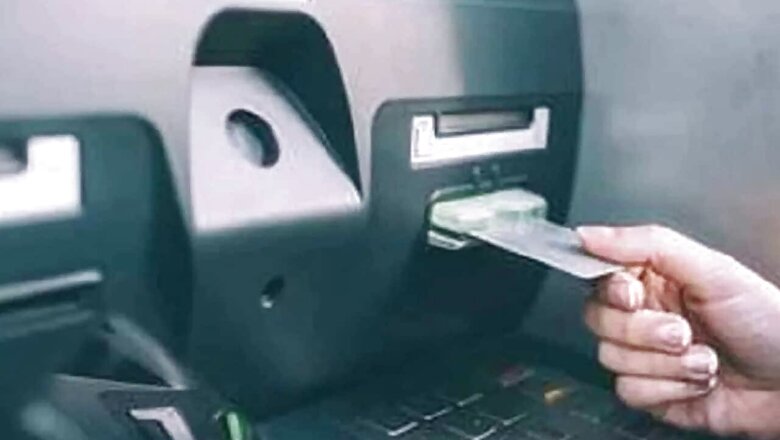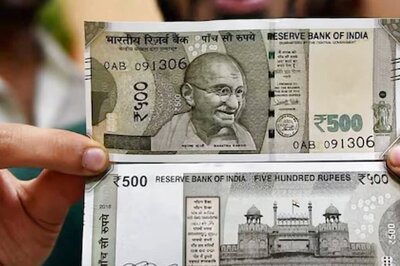
views
Did you just return from the nearby ATM empty-handed as there was no cash? Those who withdraw money regularly from ATMs, face this issue at least once in a month — when ATM runs out of cash and you have to find another way to take money out of the bank. But beginning from October, the lender will pay a fine if the ATM fails to replenish money when you need it.
Reserve Bank of India (RBI) has recently introduced a scheme to impose penalty on banks if ATMs remain out-of-cash. The inconvenience caused to the public due to the non-availability of cash in ATMs led the central bank to take this decision. “The ‘Scheme of Penalty for Non-replenishment of ATMs’ has been formulated to ensure that sufficient cash is available to the public through ATMs,’ the RBI said in a circular.
What is ‘Scheme of Penalty’ for non-replenishment of ATMs?
The central bank of India has a mandate issue banknotes and the banks are fulfilling this mandate by dispensing banknotes to the public through their wide network of branches and ATMs. RBI has recently reviewed the downtime of ATMs due to cash-outs. “ATM operations affected by cash-outs lead to non-availability of cash and cause avoidable inconvenience to the members of the public,” the banking regulator observed.
So, RBI has asked the banks or White Label ATM Operators (WLAOs) to strengthen their systems. The banks must monitor the availability of cash in ATMs and ensure timely replenishment to avoid cash-outs.
Ensure Money at ATMs or Face Penalty: RBI to Banks
If bank fails to ensure timely availability of cash at ATMs, it will face a lumpsum penalty. Any non-compliance in this regard shall be viewed seriously and shall attract monetary penalty as stipulated in the Scheme of Penalty for non-replenishment of ATMs, RBI said.
Rs 10,000 Penalty for Non-Availability of Cash at ATMs
If ATMs fail to dispense cash for more than 10 hours in a month, the bank will face a penalty of Rs 10,000 per ATM. For White Label ATMs failing to ensure the cash at ATMs, the penalty would be charged to the bank, which is meeting the cash requirement of that particular operator, the central bank said. The bank can later recover the penalty from the WLA operator.
When will Penalty be Applicable
On condition for counting instances of cash-outs in an ATM, the RBI said it would come into play ‘when the customer is not able to withdraw cash due to non-availability of cash in a particular ATM’. The new rule will be effective from October.
How ‘Scheme of Penalty’ will work
The lenders have to submit system generated statement on downtime of ATMs due to non-replenishment of cash to the issue department of RBI under whose jurisdiction these ATMs are located, the regulator said.
In case of White Label ATM Operators, the banks which are meeting their cash requirement, need to furnish a separate statement on behalf of the operator when ATM runs dry. Such statements shall be submitted for every month within five days of the following month. Example: The first such statement for the month of October 2021 shall be submitted on or before November 05, 2021 to the issue department, RBI said.
Who will Impose the Penalty?
The ‘Scheme of Penalty’ will be administered by issue departments of the regional offices of the Bank.The officer-in-charge of the issue department of the Regional Office under whose jurisdiction the ATMs are located, can impose penalty on banks and ATMs. The lenders will have an option to appeal against the decision within one month from the date of imposition of penalty.
“As the intention of the scheme is to ensure replenishment of ATMs in time, appeals would be considered only in cases of genuine reasons beyond the control of bank or WLAOs such as, imposition of lockdown by the state or administrative authorities, strike, etc,” the central bank added.
Read all the Latest News, Breaking News and Coronavirus News here.




















Comments
0 comment